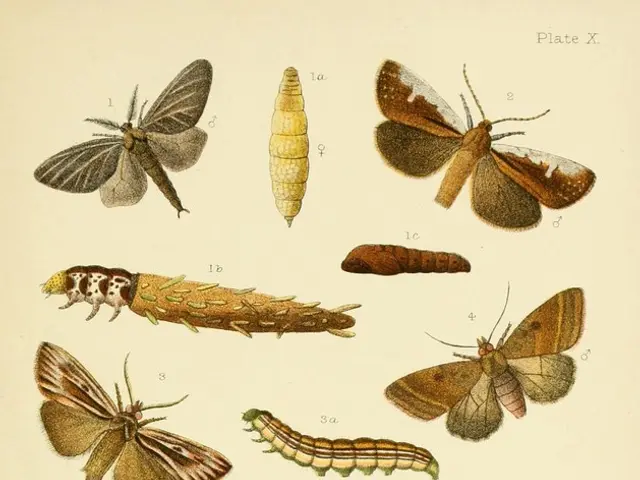Projected surge of measles cases in the U.S. over the next quarter-century due to dwindling childhood vaccination rates, predicts research.
In the coming decades, the United States may once again grapple with measuring widespread outbreaks of preventable diseases, including measles, due to a persistent decline in childhood vaccination rates. This disturbing trend could result in millions of cases, hospitalizations, and deaths within a 25-year period, according to a new study.
Previously, measles was declared eliminated in the U.S. in 2000, thanks to widespread vaccination efforts utilizing the highly effective measles-mumps-rubella (MMR) vaccine. However, with vaccination rates falling during the COVID-19 pandemic and yet to fully recover, the nation faces the ominous prospect of becoming an incubator for measles and other vaccine-preventable diseases.
The new model, published in the Journal of the American Medical Association, predicts the potential spread of measles over a 25-year period based on current state-by-state vaccination coverage levels. The researchers from Stanford, Baylor, Rice, and Texas A&M universities estimate that the U.S. maintains MMR vaccination coverage between 87.7% and 95.6%. They further emphasize that it is crucial for more than 95% of a community to be vaccinated to prevent outbreaks, as measles is incredibly contagious.
Currently, measles outbreaks have primarily been observed in specific areas, such as West Texas, home to a substantial population of unvaccinated individuals. To date, nearly 900 measles cases have been documented in the U.S. this year, with more than half of states reporting at least one case.
According to the model, if current vaccination rates persist, measles will become endemic within 25 years, with 11.1 million cases projected if vaccination rates decrease by 10%. Conversely, a 5% increase in MMR vaccinations could result in only 5,800 measles cases over 25 years.
Other vaccine-preventable diseases, such as rubella and polio, which had previously been eradicated, could also reemerge if vaccination rates fell by 50%. This scenario could result in 9.9 million rubella cases, 4.3 million polio cases, 197 diphtheria cases, and lead to 10.3 million hospitalizations and 159,000 deaths.
The study's limitations include not taking into account varying vaccination rates across communities, although the researchers' approach is applauded for its simplicity and utility.
Research like this is crucial for raising awareness about the dire consequences if vaccination trends continue and underscores the importance of maintaining high rates of routine childhood vaccination to prevent the resurgence of eradicated diseases. It is hoped that this information will spur individuals to prioritize their health through vaccination.
- In the next 25 years, if current vaccination rates persist for the measles-mumps-rubella (MMR) vaccine, approximately 11.1 million cases of measles could occur.
- Measles, rubella, and polio, previously eradicated diseases, might reemerge if vaccination rates decrease by 50%, potentially leading to over 9.9 million rubella cases, 4.3 million polio cases, and 197 diphtheria cases.
- To prevent measles outbreaks, more than 95% of a community needs to be vaccinated, as measles is highly contagious, according to the researchers from Stanford, Baylor, Rice, and Texas A&M universities.
- The study, published in the Journal of the American Medical Association, predicts that an increase of 5% in MMR vaccinations could significantly reduce cases of measles over a 25-year period, down to only 5,800 cases.






